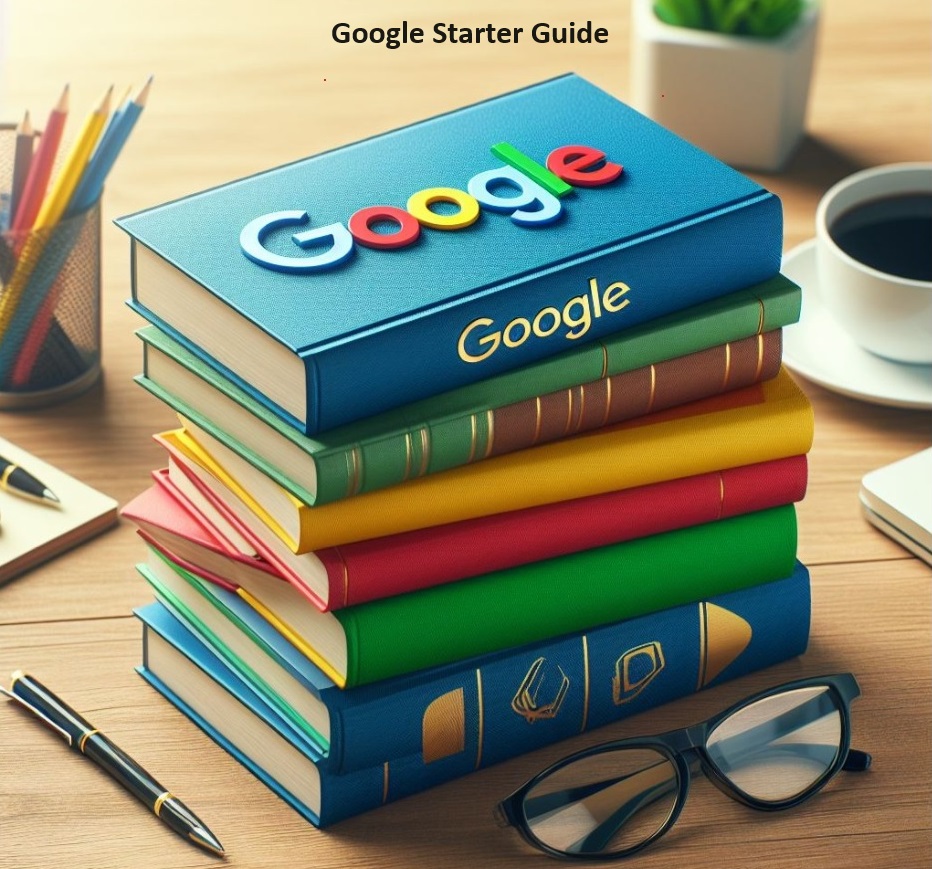Google has revamped its authority SEO Starter Guide again after more than 5 years. With the arrival of another, online starter manage Google is evacuating the old PDF starter direct, and in addition deteriorating the Webmaster Academy which had covering content. Google’s new SEO Starter Guide works off for the development of previous benchmarks of starter guides as well. This revamped guide manages likewise incorporates new segments accentuating the requirement for site design improvement, how to include organized information markup, and tips for versatile agreeable sites. Google’s revamped control does not pull back the drape and uncover any already obscure mysteries of how its calculations function. Despite the fact that it serves as a decent preliminary for apprentices.
First Launched in 2010 with PDF format: www.google.com/en//webmasters/docs/search-engine-optimization-starter-guide.pdf
Updated in 2018 E-EAT: https://support.google.com/webmasters/answer/7451184?hl=en
Latest update at 26Jan’2024: www.google.com/en//webmasters/docs/search-engine-optimization-starter-guide.pdf

Google’s new SEO Starter Guide does not modest far from telling the user that it might be advantageous to employ a SEO proficient. Indeed, this suggestion is featured in the primary part of the guide. Google’s past guide centered on SEO best practices for sites with isolated portable pages, which was the more typical practice at the time. Google’s SEO Starter Guide is a foundational resource for digital marketers and website owners aiming to enhance their online visibility. Recently, Google rolled out updates to its SEO Starter Guide, emphasizing a shift away from branding in keywords. This article delves into the implications of this update and provides insights into optimizing your website for improved search performance.
Understanding the Updates:
Google’s updated SEO Starter Guide underscores the importance of focusing on user intent rather than incorporating branded keywords. Traditionally, marketers utilized branded keywords to enhance brand visibility and recognition. However, Google’s evolving algorithm prioritizes relevance and user experience over brand-centric keywords.
Implications for SEO Strategy:
The shift away from branding in keywords necessitates a reevaluation of SEO strategies. Marketers must prioritize understanding user intent and crafting content that directly addresses user queries. By aligning content with user needs and search intent, websites can improve their visibility in search results and attract relevant traffic.
Optimizing Content for User Intent:
As attention spans continue to dwindle, the appeal of video content is stronger than ever. YouTube, the second-largest search engine after Google, boasts over [number] billion monthly active users. Incorporating video SEO strategies has become imperative for businesses seeking to captivate their audience. Research by [Source] indicates that websites with video content are [percentage]% more likely to appear on the first page of search engine results.
Importance of Quality Content:
Quality content remains paramount in SEO strategy. Focus on creating informative, engaging content that resonates with your target audience. By delivering high-quality content that addresses user intent, you can enhance your website’s credibility and authority, leading to improved search rankings.
Incorporating Long-Tail Keywords:
Long-tail keywords play a significant role in aligning content with user intent. These specific, niche-focused keywords cater to unique search queries and are less competitive than broad, generic keywords. Incorporating long-tail keywords strategically can help boost your website’s visibility in search results.
Enhancing User Experience:
Google prioritizes websites that prioritize user experience. Ensure your website is well-structured, easy to navigate, and mobile-friendly. Optimize page loading speed and implement intuitive navigation to provide users with a seamless browsing experience, ultimately improving your website’s search performance.
Conclusion:
Google’s updated SEO Starter Guide underscores the importance of prioritizing user intent over branding in keywords. By aligning content with user needs, optimizing for relevant search queries, and delivering high-quality content, websites can improve their visibility in search results and drive organic traffic. Embrace these updates as opportunities to refine your SEO strategy and enhance your website’s performance in the ever-evolving landscape of digital marketing.
 Search Engine Guru All about search engine ecosystem.
Search Engine Guru All about search engine ecosystem.

